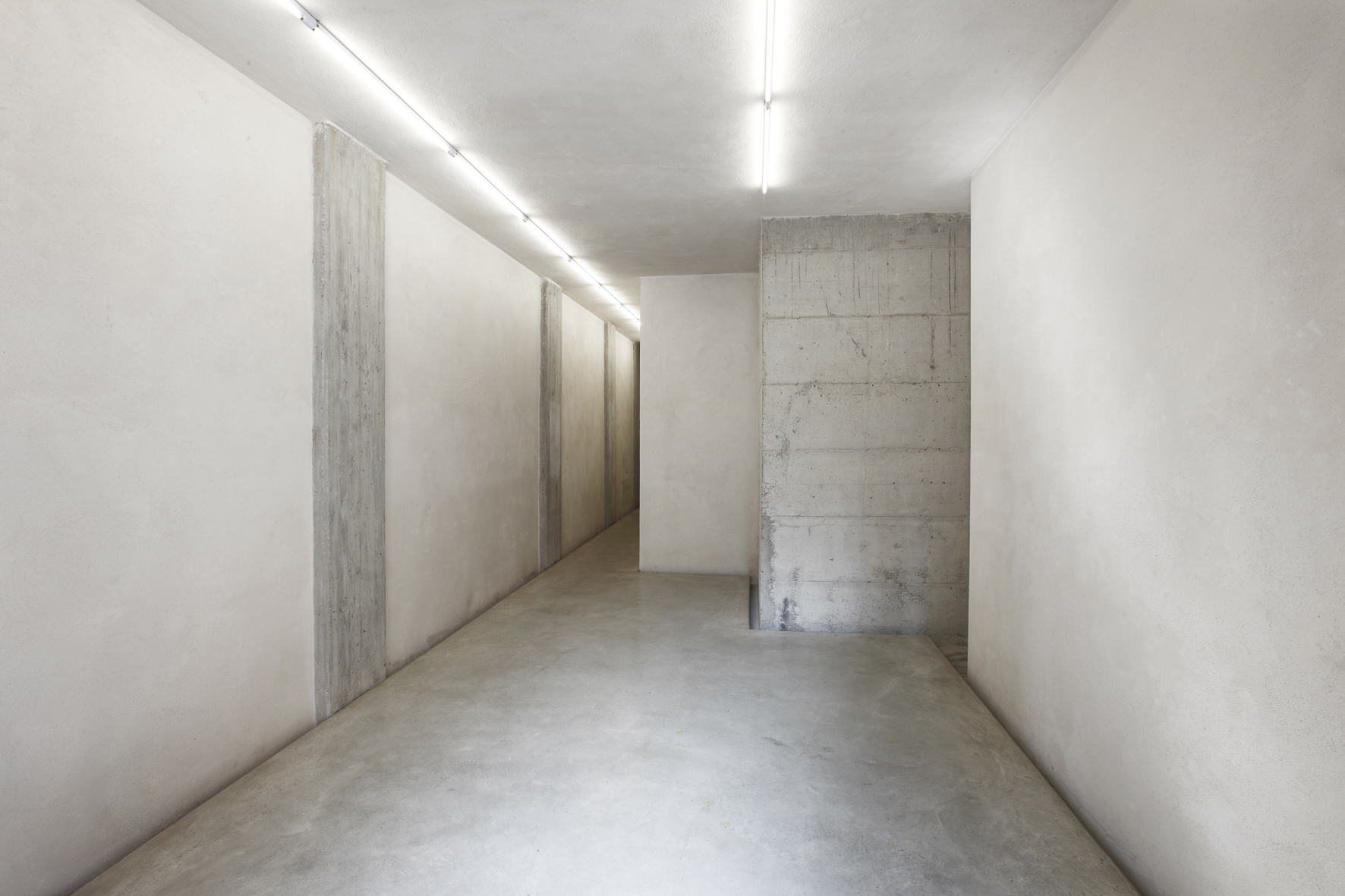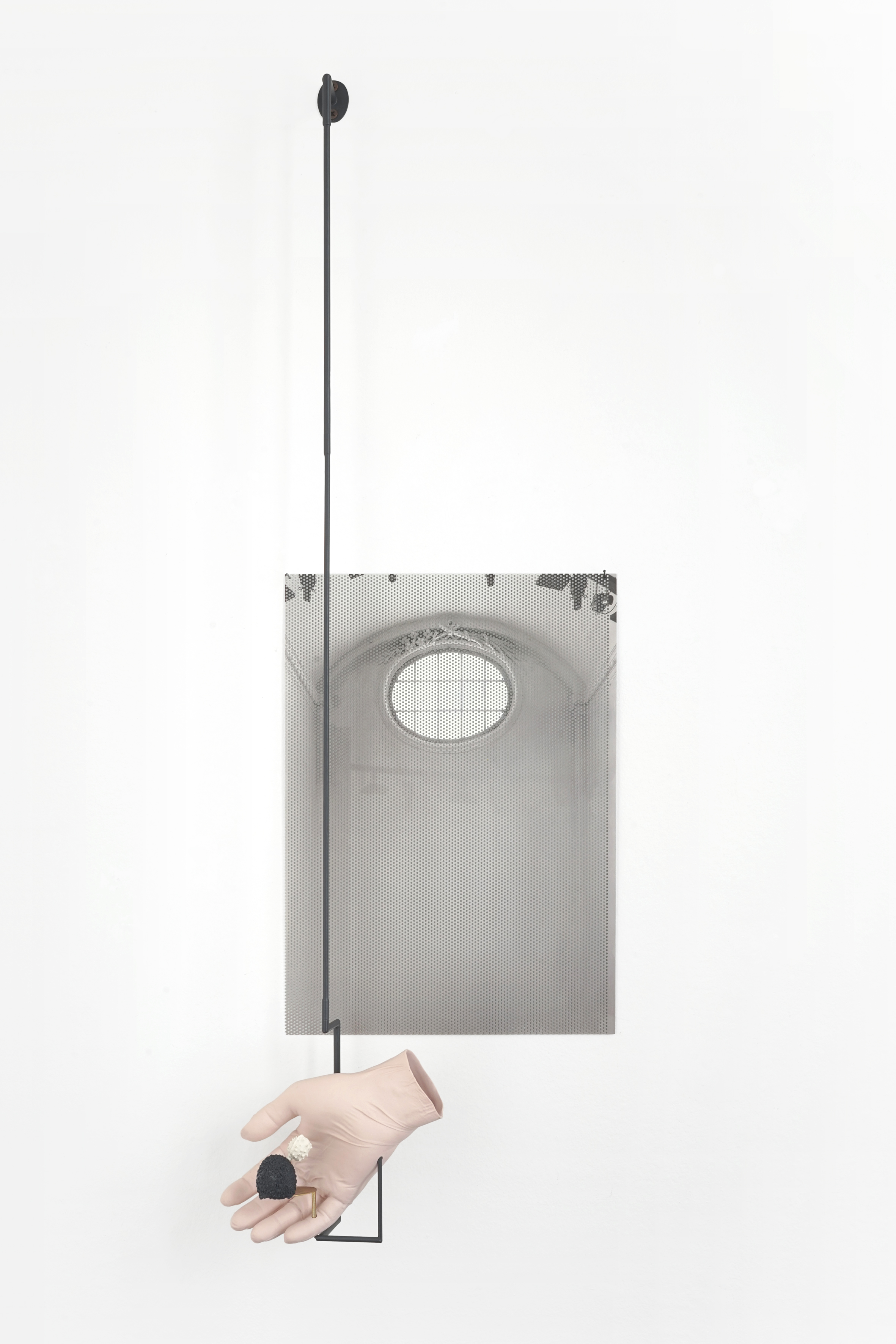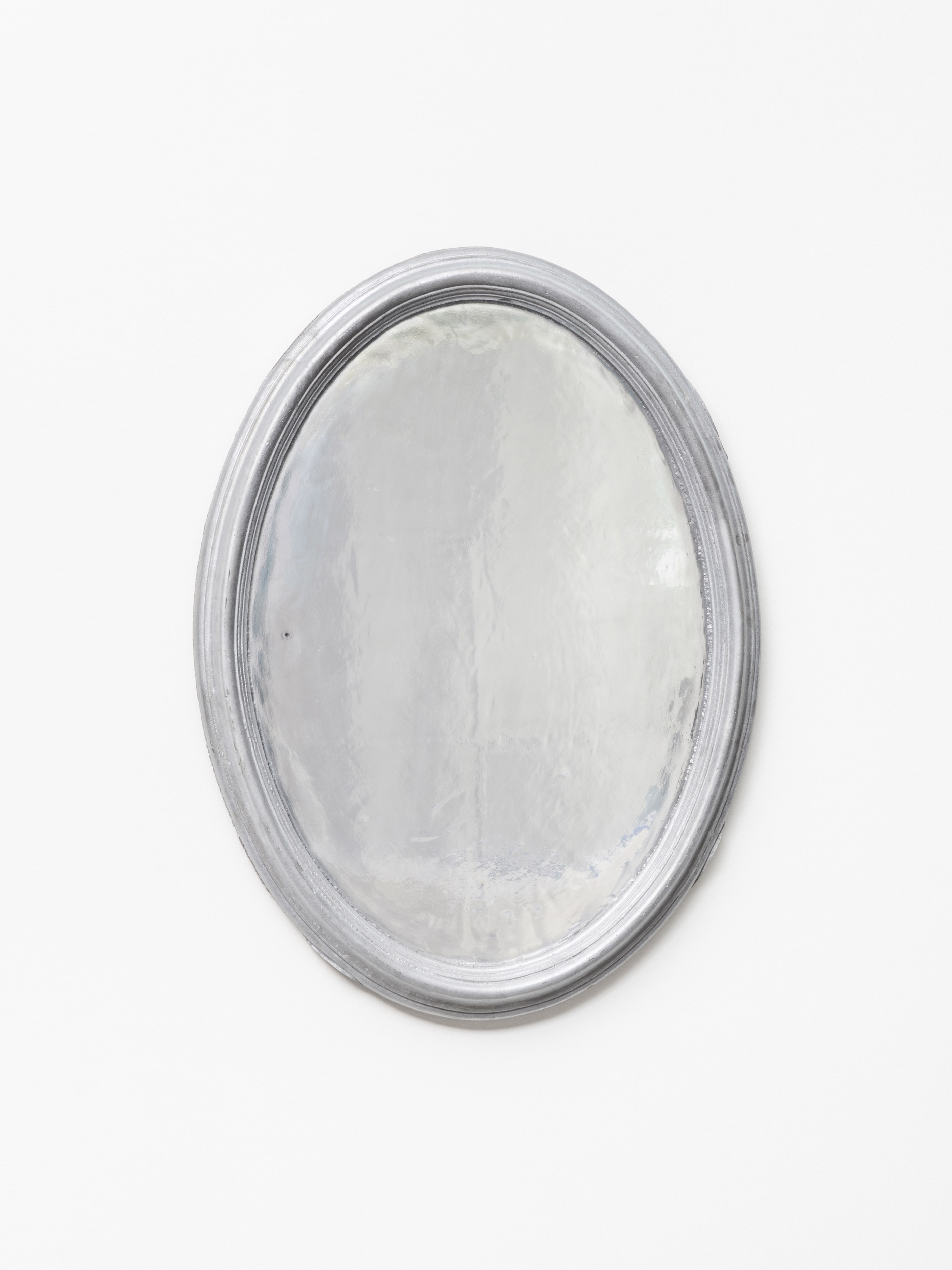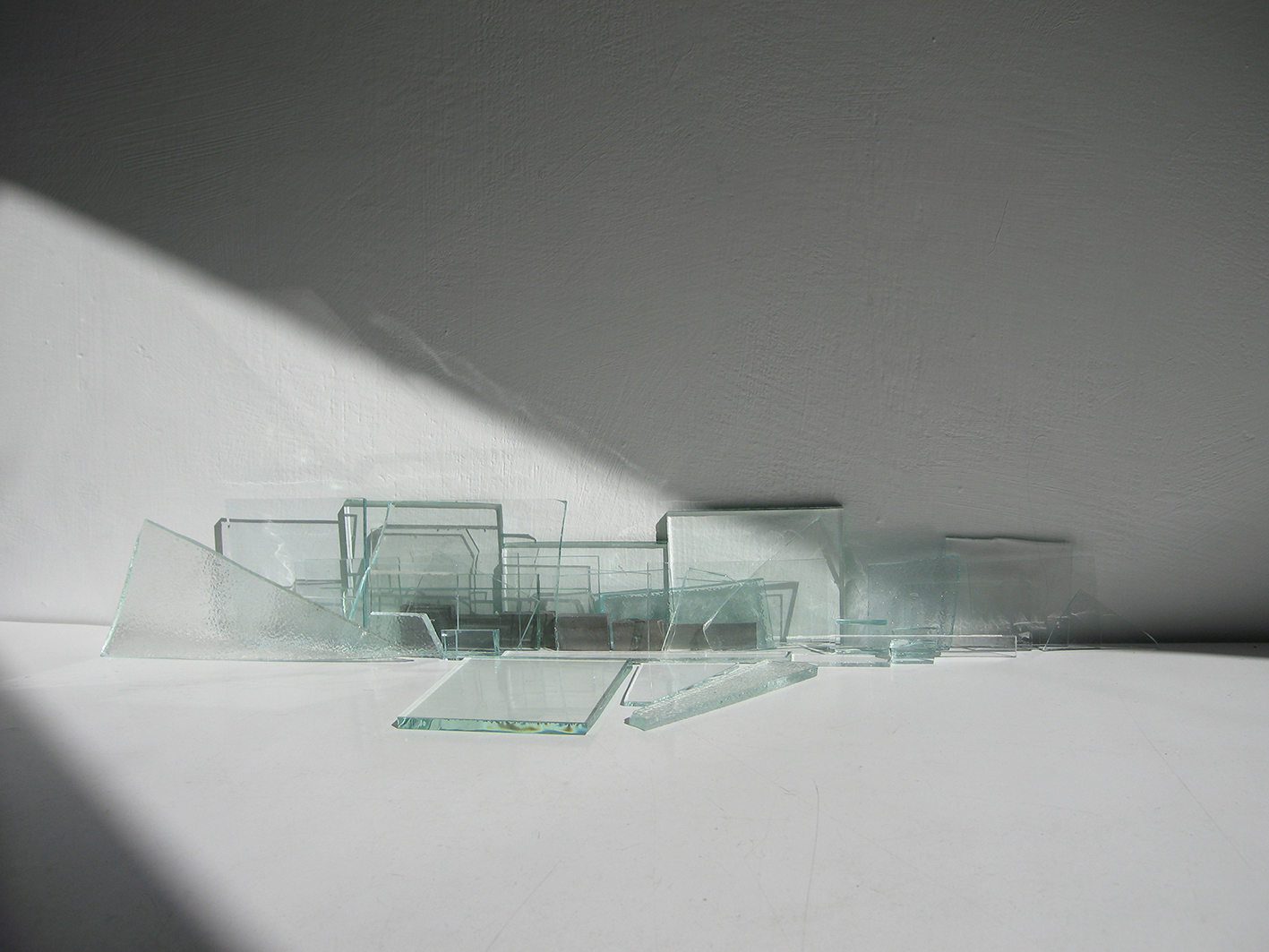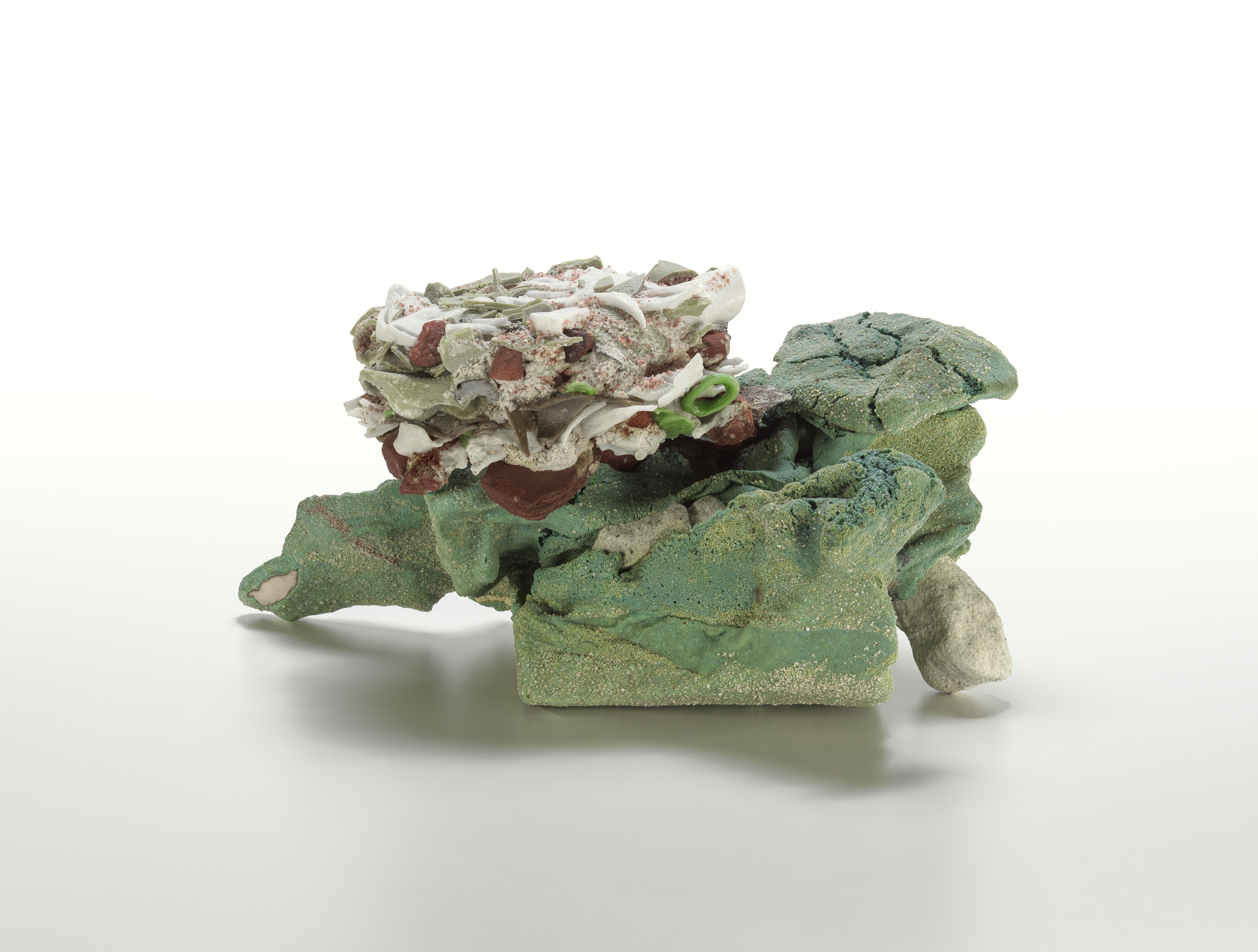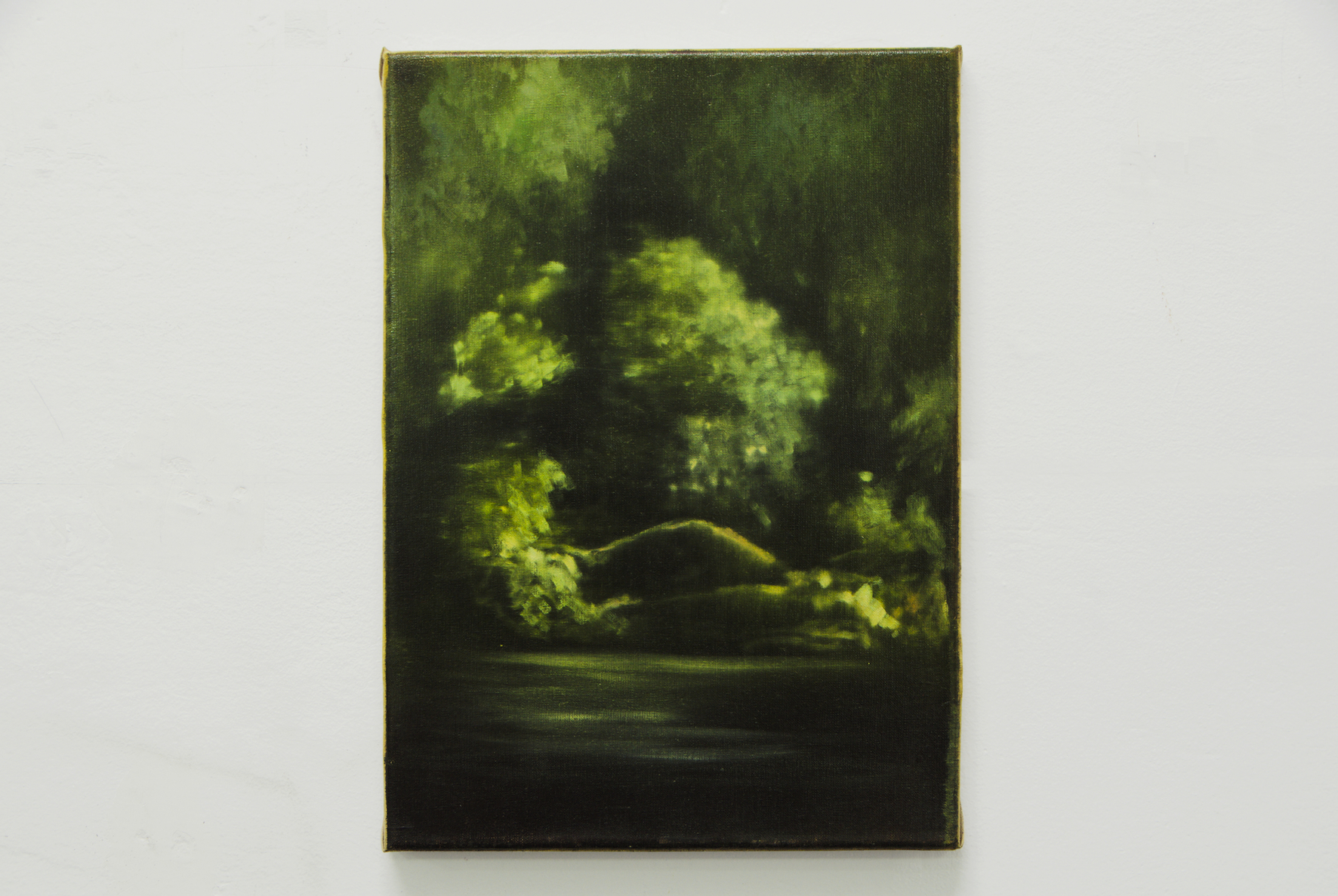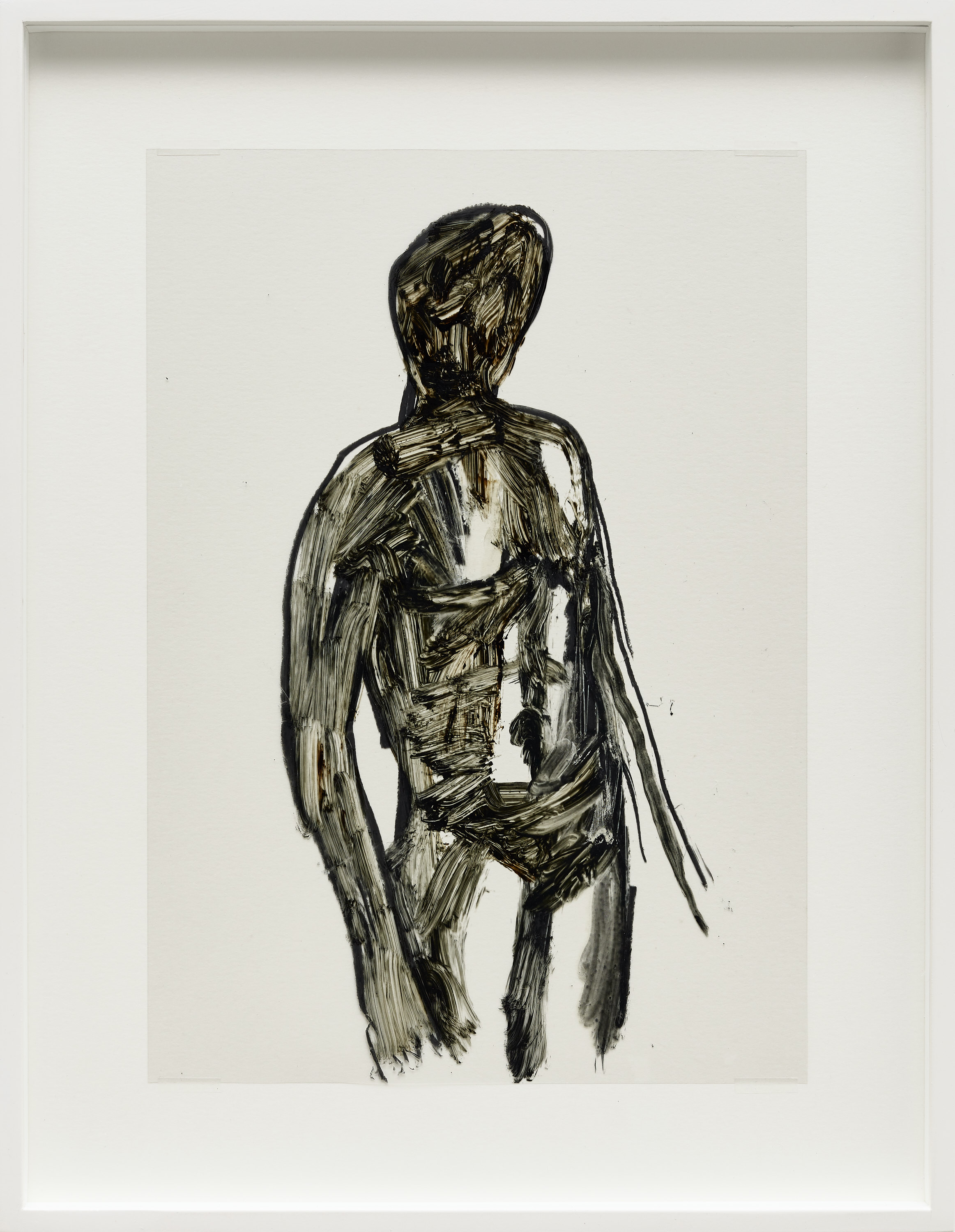CAR DRDE
Nell’intricato e vasto mondo della teoria delle immagini, Pierre Charpentrat, in un articolo in cui tratta della Rappresentazione e del Simulacro con particolare riguardo verso la Presenza nelle immagini, sostiene che nel sistema quadro “la figura implica assenza e presenza, piacere e dispiacere”. Dal semplice presupposto giunge alla definizione di rappresentazione come il potere di rendere presente un oggetto assente, “controllarne la perdita e la morte, con e nella rappresentazione, dominando il dispiacere o l’angoscia provocati dalla sua assenza nel piacere di una presenza che lo sostituisce”. Le assenze e presenze della realtà si traducono in reticenze, spazi bianchi e volontarie interruzioni del consueto sviluppo di un lavoro artistico, che sia la trama di una tela o la forma di una scultura, estremamente duttile fino alla frantumazione. In David Casini la rivisitazione delle maestranze rinascimentali non è pedante bensì domina l’assenza, la reticenza, come se venissero nascosti dei passaggi della traduzione e che sta a chi osserva restituirli. Gli “specchi" di Elia Cantori sono privi della loro funzione primaria, la riflessione. Le ombre proiettate compensano l’assenza del corpo, qui è l’oggetto stesso che si lacera come strumento, non risponde se non nella sua forma, presente, visibile sebbene passiva. Nelle fotografie di Angiola Gatti, la presenza di ciò che era viene restituita paradossalmente dall’assenza perturbante, dalla violenza dei cocci, unici testimoni della presenza che fu. Alberto Scodro scavalca la dicotomia presenza-assenza creando una presenza del tutto nuova, che non ha un passato e dunque non ha un’assenza propria; ricettacolo di potenziali nuove forme stratificate. Nelle tele di Giulio Saverio Rossi e gli acetati di Piero Manai, la rappresentazione è in-mediata ossia ostacolata nel primo e ostentata nel secondo in un gioco di bilanciamento tra opacità e trasparenza della superficie, riflessi di un soggetto teorico più universale che proprio.
In the intricate and wide world of the visual studies, Pierre Charpentrat spoke about the Representation and Simulacrum with specific reference to the Presence in the images. He claims that in the painting system: “the figure implies absence and presence, pleasure and displeasure”. According to him the Representation is the power of making present an absent object “controlling loss and death, with and into the representation, through dominating the displeasure or the anguish provoked by its absence with the pleasure of the presence that replaces it”. The absences and presences of reality are the reticences, blank spaces and willing interruptions of the usual development of a work of art, that is the canvas texture or the shape of the sculpture, extremely ductile until it shatters. In the revisiting of Renaissance masterpieces, David Casini underlines the absence, the reticence, as if some translation steps were hidden and only the observer has to discover them. Elia Cantori’s ‘mirrors' are willingly deprived of their main function, the reflection. The object doesn’t exist no longer as a tool except in its form, present, visible but passive. In Angiola Gatti’s photographs, the presence of what it was is restored by the uncanny absence, by the violence of the pieces, witnesses of the whole that they were. Alberto Scodro overcomes the dichotomy presence\absence by create something brand new which doesn’t have a past or an absence of its own; receptacle of potential new layered forms. In the end, in Giulio Saverio Rossi’s paintings and Piero Manai’s acetates the representation is un-mediated, hindered for the former, and shown off for the latter, in a balanced play between opacity and transparence of the surface, reflections of a theoretical subject more universal than proper.
